- Joined
- Aug 15, 2000
- Messages
- 18,459
I have tried to impartially present an AGS point of view concerning the GIA''s take on steep deep proportion sets that have been included in their Excellent grade.
This thread links to https://www.pricescope.com/community/threads/why-did-gia-included-steep-deep-diamonds-in-excellent.32135/ which has became a little off topic.
On the right is a steep/deep GIA Excellent Cut Grade from their http://facetware.gia.edu/ HCA like online system. The pavilion angle is 41.2 degrees, table diameter % of 57, crown angle of 36.5 degrees, star length of 50%, lower girdle height of 80% with 3.5% girdle thickness at the mains (1.8% at the valley). On the left is a Tolkowsky proportion set with 3.5% girdle thickness at the mains and the same stars and LG’s.
These images were modeled in DiamCalc using lower girdle height of 81.5%, which is equivalent to 80% lower girdle length.
I want to consider this analysis as AGS would. I believe the steep/deep stone would get deductions in the AGS Grading System for Brightness, Leakage – or areas that don’t return light, Contrast and Weight Ratio (I do not have access to the AGS system so I do not know what it would rate for fire). The reason for the weight ratio deduction is that it would weigh 1.054 carats at 6.47 mm. AGS’s top grade has a cut off for weight ratio of 1.050 carats @ 6.47 mm. That means you would pay for an additional 0.05cts compared to a diamond with the AGS mid point.
The steep/deep stone would get a cut grade of AGS 4 (Good) for the above reasons.
It also rates 4.7 or Good on HCA.
It is hard to imagine the steep/deep stone would be preferred over a Tolkowsky stone, or any of the new AGS 0 round brilliants. The only point of contention, as discussed in my pervious discussion of GIA’s new system, is that you might argue that the steep/deep stone shouldn’t be downgraded as much by either AGS or HCA based on the stereoscopic vision idea that I presented here in the first few posts https://www.pricescope.com/community/threads/why-did-gia-included-steep-deep-diamonds-in-excellent.32135/=
AGS has worked from the premise that a diamond that passes their tests “will perform over the broadest range of usually encountered physical environments, lighting configurations and observations”.
Applying the above premise, let’s look at the steep/deep stone:
• The stone returns less light than better makes. The Cut Quality light return function in DiamCalc gives a result of less than 90% compared to 100% for the Tolkowsky stone.
• The ASET images show that its upper halves draw light from low angles, so the stone can look dark around the edges – especially in an environment like a room with few windows, dark walls and only overhead lighting.
• The way AGS handle contrast is to look at the amount and distribution of the blues or high angle lighting ( 75 to 90 degrees or a cone of 30 degrees). This is the area that is typically obscured by an observer’s head. They also evaluate using a cone of 40 degrees as well to see how much obscuration the stone can handle in a positive fashion.
• The steep/deep stone has substantially less blues, and the distribution is different than a top make; AGS claim it is these areas that as they go from light to dark, they flash fire. Peter Yantzer claims if you have less areas that go from dark to light, you have less perceptible fire under close observation. Sergey could confirm this from his ETAS studies?
• The steep/deep stone is weak inside the table edge (see tray discussion in other thread). If the stone was mounted up in a 4 prong mounting, for example, and the backlighting is strong, this weakness then becomes a virtue. In the lower example I modeled the stone with weak backlighting the, same as the low angle lighting brightness, but backlighting will not normally be even this strong. A construction worker’s flood lamp set on the floor and pointing up would be a good example of strong backlighting, but you would rarely encounter this.
The other example with no backlighting is equivalent to setting the stone down in a bezel setting. Setting the stone up in a 4-prong mounting with some backlighting does help the steep/deep stone. So, as I have often advised, a steep/deep stone would look better mounted up high. Perhaps the gray tray background GIA used for its surveys would account for some of the difference between AGS and HCA systems, where everything is evaluated with no backlighting.
GIA can claim that this is what people preferred. Perhaps the GIA surveys and the resultant system is valid.
But would you pay top dollar for the steep/deep stone?
This thread links to https://www.pricescope.com/community/threads/why-did-gia-included-steep-deep-diamonds-in-excellent.32135/ which has became a little off topic.
On the right is a steep/deep GIA Excellent Cut Grade from their http://facetware.gia.edu/ HCA like online system. The pavilion angle is 41.2 degrees, table diameter % of 57, crown angle of 36.5 degrees, star length of 50%, lower girdle height of 80% with 3.5% girdle thickness at the mains (1.8% at the valley). On the left is a Tolkowsky proportion set with 3.5% girdle thickness at the mains and the same stars and LG’s.
These images were modeled in DiamCalc using lower girdle height of 81.5%, which is equivalent to 80% lower girdle length.
I want to consider this analysis as AGS would. I believe the steep/deep stone would get deductions in the AGS Grading System for Brightness, Leakage – or areas that don’t return light, Contrast and Weight Ratio (I do not have access to the AGS system so I do not know what it would rate for fire). The reason for the weight ratio deduction is that it would weigh 1.054 carats at 6.47 mm. AGS’s top grade has a cut off for weight ratio of 1.050 carats @ 6.47 mm. That means you would pay for an additional 0.05cts compared to a diamond with the AGS mid point.
The steep/deep stone would get a cut grade of AGS 4 (Good) for the above reasons.
It also rates 4.7 or Good on HCA.
It is hard to imagine the steep/deep stone would be preferred over a Tolkowsky stone, or any of the new AGS 0 round brilliants. The only point of contention, as discussed in my pervious discussion of GIA’s new system, is that you might argue that the steep/deep stone shouldn’t be downgraded as much by either AGS or HCA based on the stereoscopic vision idea that I presented here in the first few posts https://www.pricescope.com/community/threads/why-did-gia-included-steep-deep-diamonds-in-excellent.32135/=
AGS has worked from the premise that a diamond that passes their tests “will perform over the broadest range of usually encountered physical environments, lighting configurations and observations”.
Applying the above premise, let’s look at the steep/deep stone:
• The stone returns less light than better makes. The Cut Quality light return function in DiamCalc gives a result of less than 90% compared to 100% for the Tolkowsky stone.
• The ASET images show that its upper halves draw light from low angles, so the stone can look dark around the edges – especially in an environment like a room with few windows, dark walls and only overhead lighting.
• The way AGS handle contrast is to look at the amount and distribution of the blues or high angle lighting ( 75 to 90 degrees or a cone of 30 degrees). This is the area that is typically obscured by an observer’s head. They also evaluate using a cone of 40 degrees as well to see how much obscuration the stone can handle in a positive fashion.
• The steep/deep stone has substantially less blues, and the distribution is different than a top make; AGS claim it is these areas that as they go from light to dark, they flash fire. Peter Yantzer claims if you have less areas that go from dark to light, you have less perceptible fire under close observation. Sergey could confirm this from his ETAS studies?
• The steep/deep stone is weak inside the table edge (see tray discussion in other thread). If the stone was mounted up in a 4 prong mounting, for example, and the backlighting is strong, this weakness then becomes a virtue. In the lower example I modeled the stone with weak backlighting the, same as the low angle lighting brightness, but backlighting will not normally be even this strong. A construction worker’s flood lamp set on the floor and pointing up would be a good example of strong backlighting, but you would rarely encounter this.
The other example with no backlighting is equivalent to setting the stone down in a bezel setting. Setting the stone up in a 4-prong mounting with some backlighting does help the steep/deep stone. So, as I have often advised, a steep/deep stone would look better mounted up high. Perhaps the gray tray background GIA used for its surveys would account for some of the difference between AGS and HCA systems, where everything is evaluated with no backlighting.
GIA can claim that this is what people preferred. Perhaps the GIA surveys and the resultant system is valid.
But would you pay top dollar for the steep/deep stone?


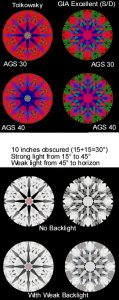
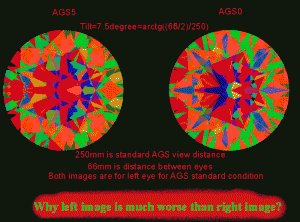
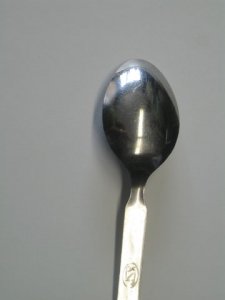
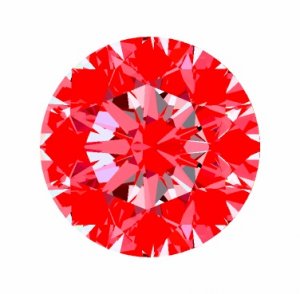
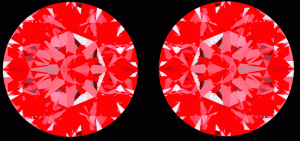

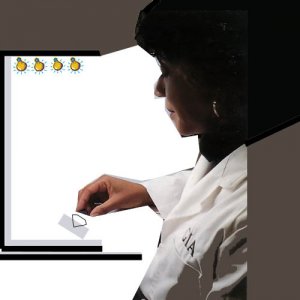
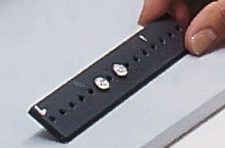
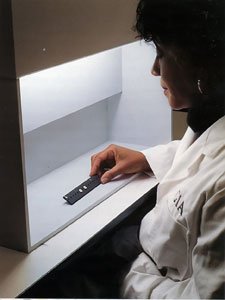


300x240.png)